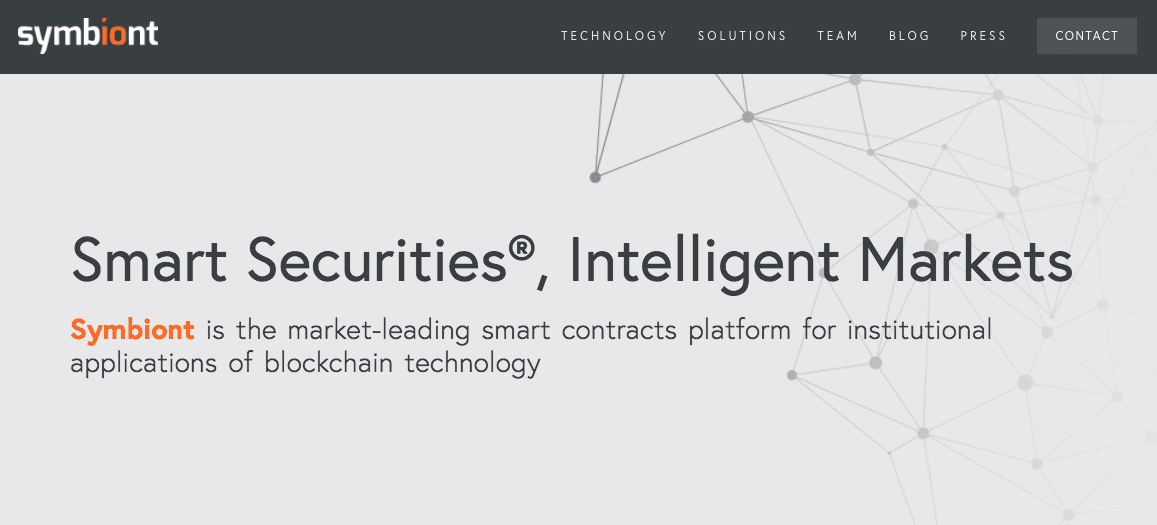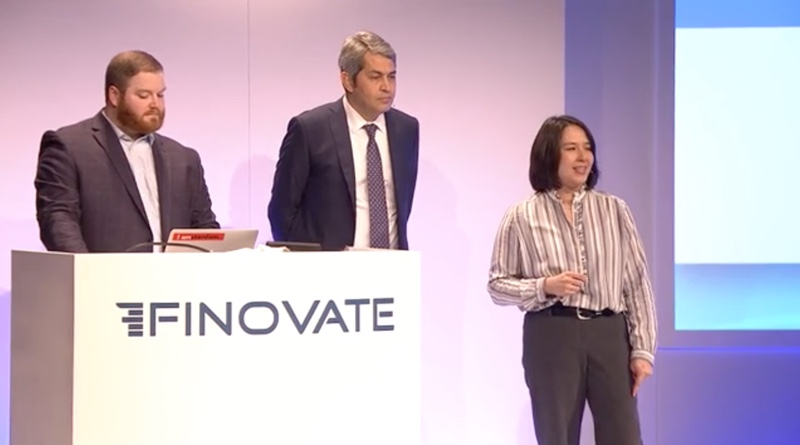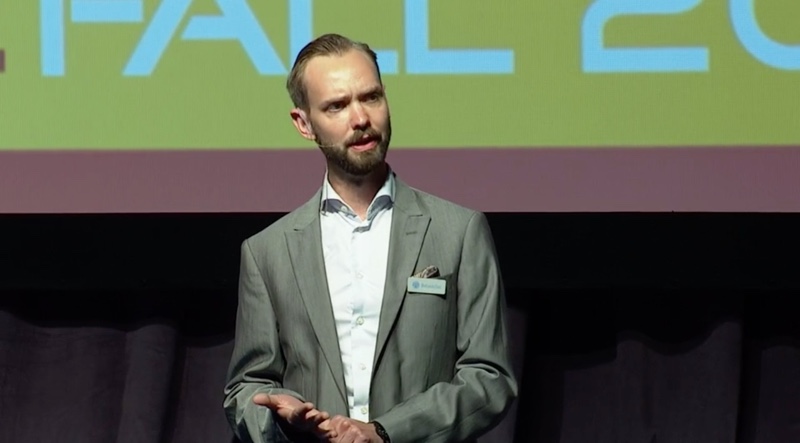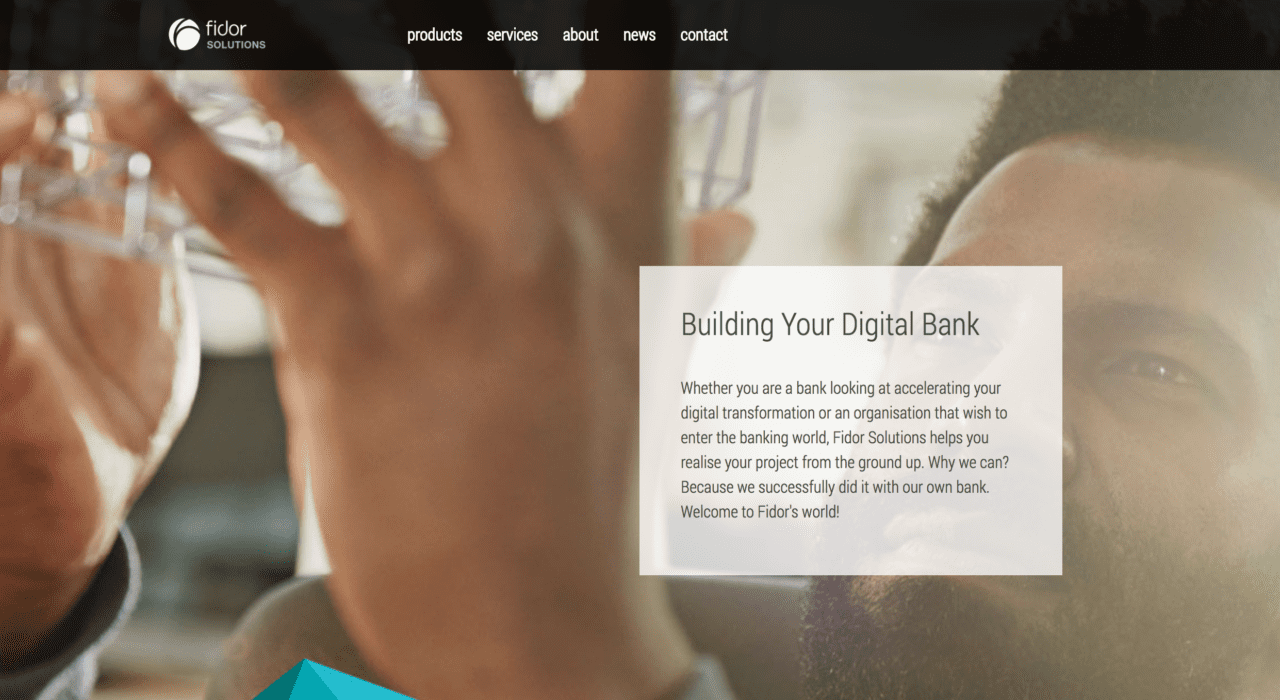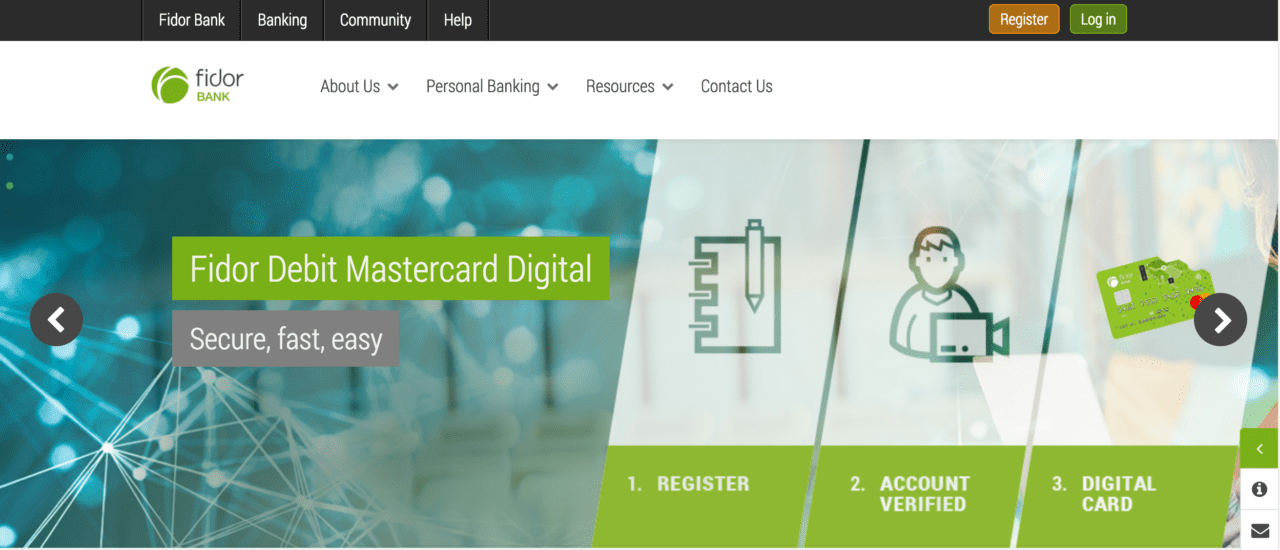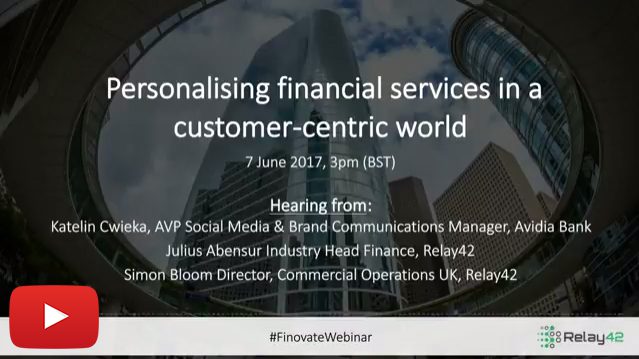Summary
The fintech revolution continues to gather pace globally and there is heated debate about the challenges and opportunities fintech could bring. The critical question of whether fintech start-ups threaten traditional providers of financial services or will become trusted partners remains unanswered.
For Europe 2018 is set to be a pivotal year. Major developments including the unfolding of Brexit; the onset of the General Data Protection Regulation (GDPR); open banking and the implementation of the Payment Services Directive 2 (PSD2) will all have a huge role to play in reshaping the future of financial services in Europe. Globally the fintech train is unstoppable with game changing developments in artificial intelligence; robotics; identity verification; internet of things; RegTech; InsurTech; challenger banking; Blockchain and crypto capitalism. With so much happening it is hard to know where to really pay attention.
In the run up to Finovate Europe, our panel of experts, chaired by the inimitable Ruth Wandhofer, will share their views on what’s hot and what’s not in global fintech in 2018.
Speakers
Moderator: Ruth Wandhöfer, Global Head of Regulatory & Market Strategy, Citi
Ruth is highly recognized in the European payment industry as one of the foremost authorities on the PSD and she is the Chair of the European Expert Group on the transposition of the Payment Services Directive, a joint initiative of the three European Credit Sector Associations.She is also a member of the Plenary of the European Payments Council as well as a member of the SEPA schemes working group, driving the continued evolution of SEPA.
Zilvinas Bareisis researches and advises clients on consumer payments. He has a keen interest in payments innovation, and how the “perfect storm” of competitive (e.g. Fintech), regulatory (e.g. EMV, PSD2), and technology (e.g. digital, blockchain, Internet of Things) developments shapes consumer payments today and tomorrow. Zilvinas has over 20 years of experience advising senior executives at the leading financial institutions and their technology and service providers. He joined Celent in April 2010 from Oliver Wyman.
Michelle Evans is the Head of Digital Consumer Research at Euromonitor International. In her role, she oversees the firm’s research on the digital consumer, providing actionable insights and in-depth analyses into how technological advances are reshaping the way consumers browse and buy goods and services globally. She regularly writes and speaks about Euromonitor’s research with her specialty spanning mobile payments, digital commerce, e-commerce, m-commerce, digital marketing and social media. Recognized as a thought leader in digital commerce, she was named a Power Women in Fintech by Innotribe in 2015, a Woman on Top in Tech by Asian Entrepreneur in 2016 and a Woman to Watch by Remodista in 2018. She has shared her expertise across industry events, including Money 20/20, Trustech, Forum E-Commerce Brasil, Mobile Shopping and CONNECT Mobile CX Summit in the capacity as a speaker, chairperson or juror. Leveraging her master’s degree in journalism from Northwestern University, she has a reoccurring column in Forbes and is regularly quoted in publications globally.
Kieran Hines is Head of Industries at Ovum, providing research to support clients across a range of sectors including financial services, retail, government, education, healthcare and utilities. He specializes in retail banking, primarily digital channels, and regularly produces research and advises customers on the issues driving change in this sector. Kieran also examines the payments area, with a special emphasis on digital commerce and merchant payment strategy, He leads research into payments technology, strategy and infrastructure. Before joining Ovum, Kieran spent 11 years at Datamonitor Financial where he led research into consumer payments and private wealth management.












